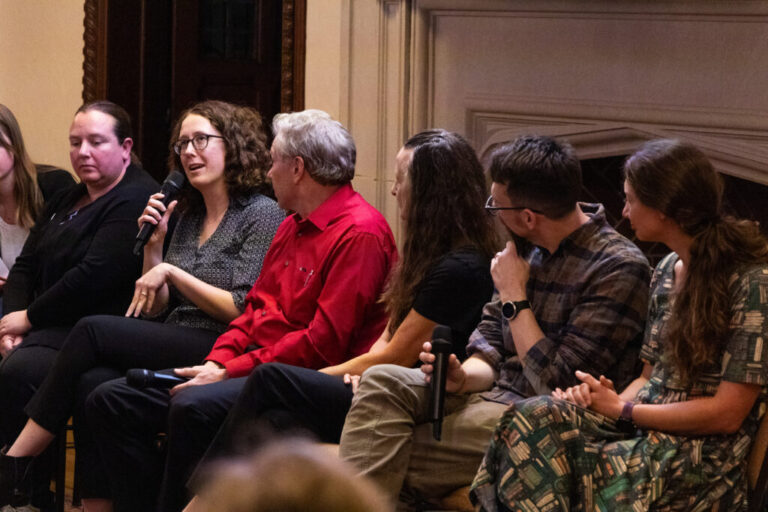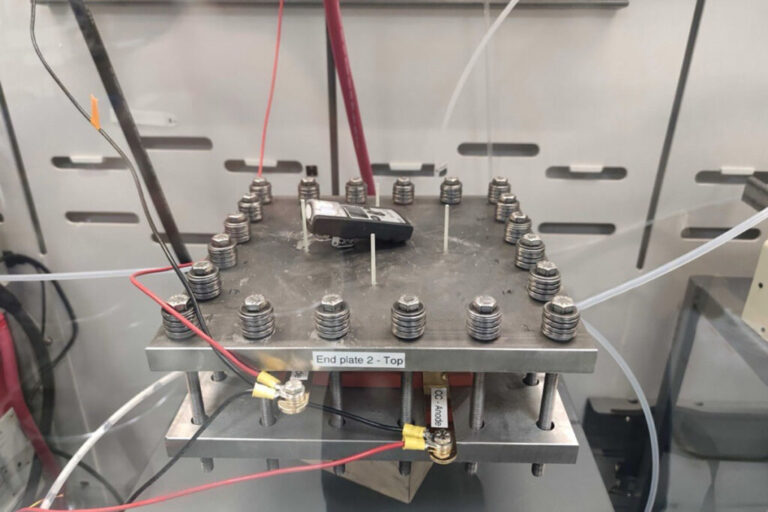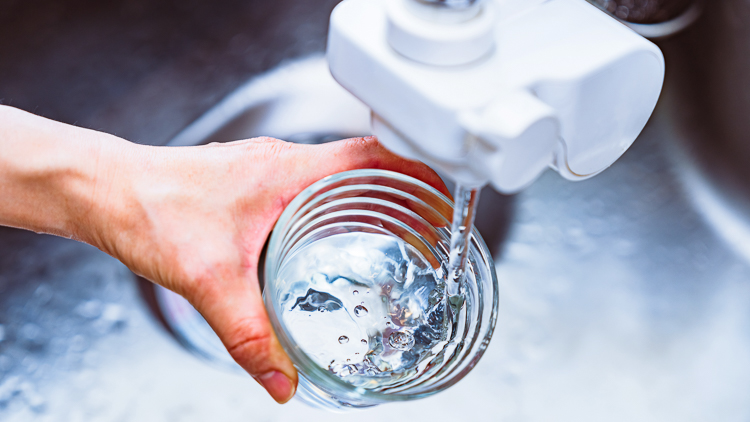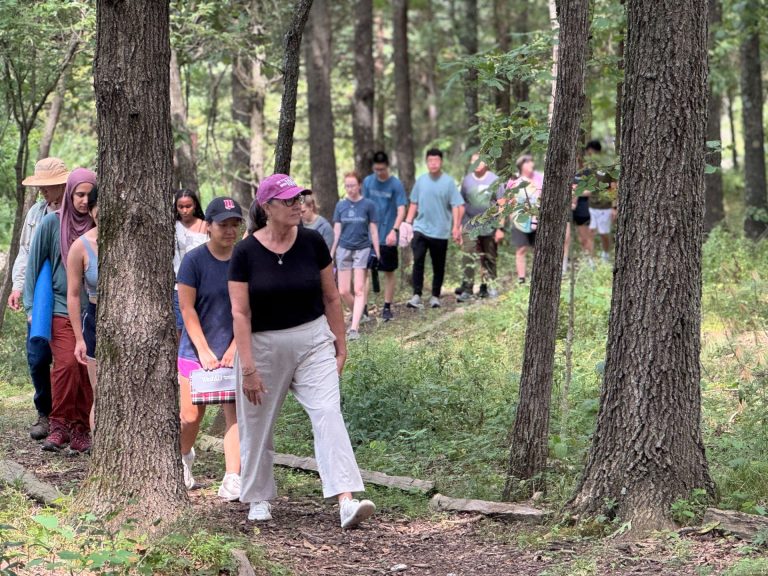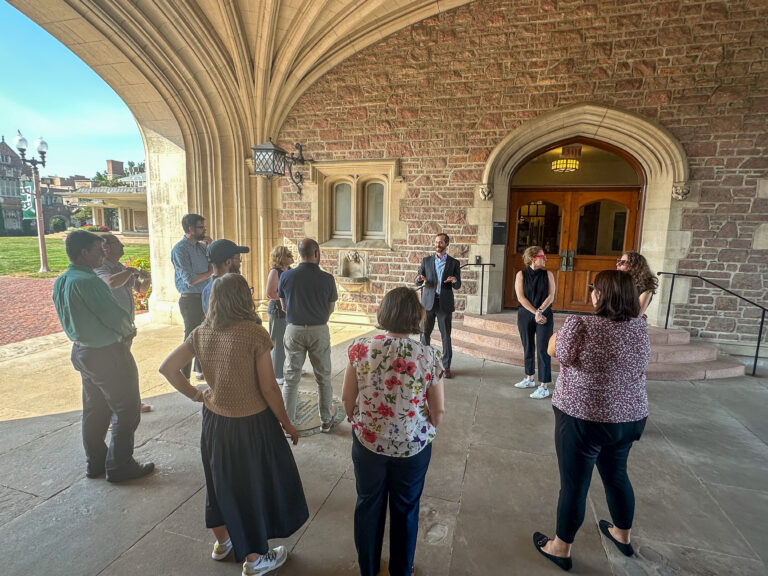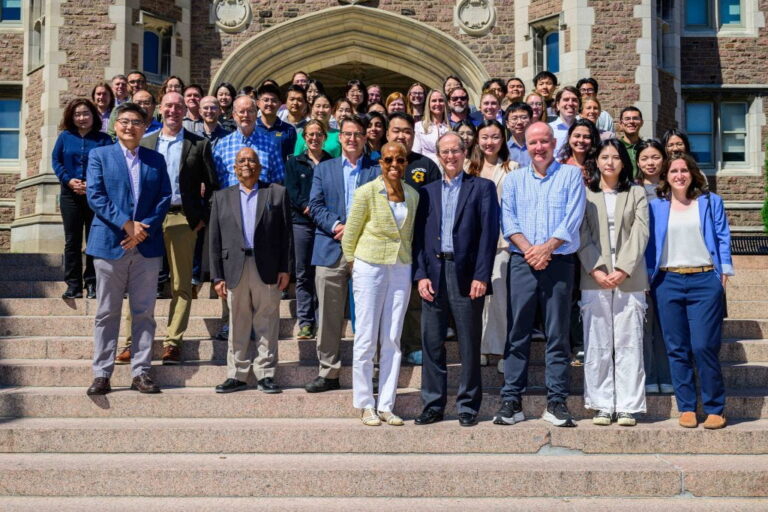WashU Medicine Restaurants Earn Green Dining Alliance Certifications
Shell Café and Farmstead Café, both located at the Medical Campus, recently earned 5-star Green Dining Alliance certification, the program’s highest honor.
WashU-sponsored Thursday Nights at the Museum celebrate St. Louis
Free, family-friendly event features performances, panel discussions, film and music
Advancing our mission: Rapid progress, big wins from strategic plan
WashU is recognizing successes while planning for the years ahead.
St. Louis community organizers and WashU professors gather to discuss religion and the environment
The Department of English hosted “A Conversation on Religion and the Environment: Academia, Community, Activism” to discuss across disciplines the intersectionality of religion and the environment in the St. Louis and WashU communities.
Inexpensive materials transform waste carbon into energy-rich compounds
Jiao’s lab provides alternative to boost compatibility with renewable energy
Can we make drinking water safer?
This WashU program taps into a simple solution using household water filters to monitor and track safety.
SPARK ignites sustainability leadership for students
In August, the WashU Office of Sustainability kicked off an academic year of student-driven environmental change with its SPARK leadership program.
ACCESS was a success for WashU Center for the Environment
At a time when advancing research is more challenging than ever, seven environmental research centers, institutes and initiatives from across the country came together to keep environmental progress on track.
Water Innovation Symposium explores socioeconomic challenges and opportunities in water economy
Annual event brings together faculty, students and industry professionals to discuss water research
Strengthening soy for better bioplastics
Soy proteins are used in plant-based natural polymers meant to eventually supplant plastic materials. But to compete with the petrochemical-based products, such polymers need to be stronger and less brittle.



